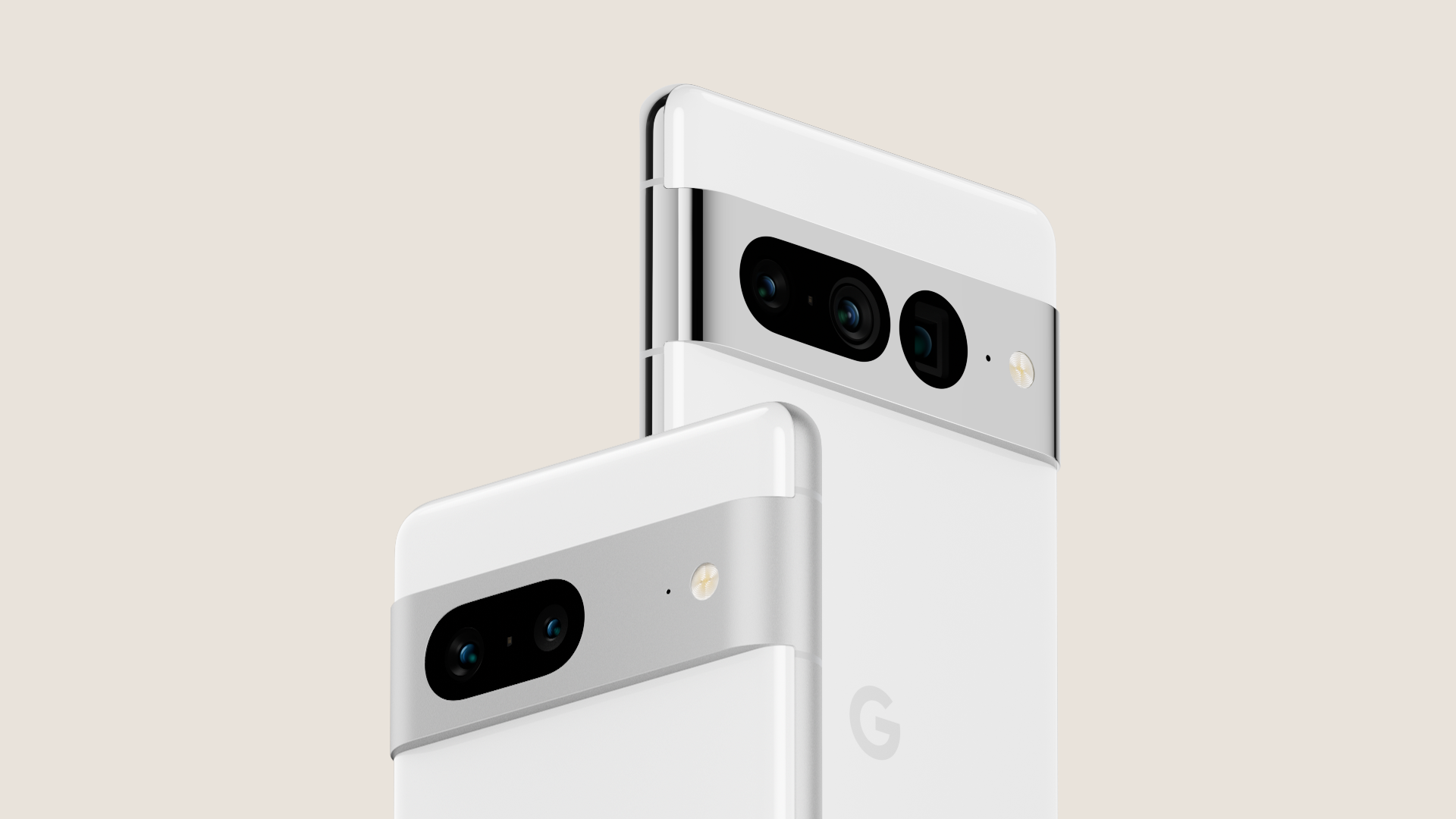The Pixel 7 and 7 Pro look exactly like what we'd hoped Google would make, direct evolutions of some of the best Android phones you can buy today. The company wasted no time announcing its next flagships, even though we're months away from an official launch. That hasn't stopped the rumor mill from churning, though, and today, we're hearing even more about the Pixel 7's display.
As reported by 9to5Google, Google has two new display drivers ready to go for the Pixel 7 and 7 Pro. The respective tags — C10 and P10 — lineup with the codenames for both phones ("Cheetah" and "Panther," respectively). Much like the rest of the phone, it seems like Google isn't planning to switch much up in the display category. In fact, the current driver information points to the Pixel 7 and 7 Pro using identical Samsung panels as last year.
If you have a Pixel 6, you know what that means. The smaller model uses a 1080p panel with a 90Hz display, while its big brother rocks a 120Hz 1440p screen. We didn't find much to complain about on either device last year — in fact, our review of the Pixel 6 praises its 1080p display: "those perfect OLED blacks, colors are vibrant, viewing angles are great, and it gets plenty bright enough to use outdoors." The high-res panel on the Pixel 6 Pro was even better. Unless you're planning to upgrade directly from last year's lineup, there's no reason to be concerned.
That said, it does mark a pattern for Google's next flagship. In April, we heard the Pixel 7 series would reuse the exact same camera components currently found in the Pixel 6. Google has yet to confirm any specific sensor details, though, at the very least, early renders show the same amount of lenses on each model. It could leave some die-hard Android users frustrated, especially if they're the type to buy a new smartphone annually.
All that said, Google isn't leaving these panels completely unchanged. Those new drivers seem to add support for a 1080p mode on the Pixel 7 Pro, similar to Samsung and other OEMs. It's something backed up by Mishaal Rahman, who tweeted out a settings page for this very feature appearing in Android 13.
9to5Google also found evidence that a near-identical Samsung panel — literally a newer generation of the variant in the Pixel 6 — could be supported on the Pixel 7 Pro, though it's unclear whether Google'll actually use it. For now, we'll keep waiting for more concrete details as we move closer to its fall launch.

